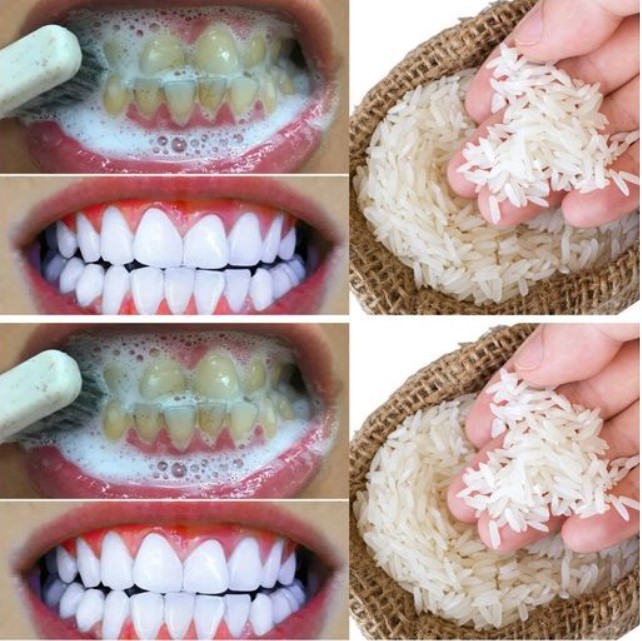A radiant, white smile is universally sought after, often symbolizing health and vitality. While professional whitening treatments can be effective, they are often costly and may contain harsh chemicals.
For those seeking a more natural and budget-friendly solution, baking soda offers an excellent alternative. This guide delves into the science behind baking soda’s whitening power, safe application methods, and tips to maximize results, helping you achieve a dazzling smile naturally and safely.
The Science Behind Baking Soda Whitening
Baking soda, or sodium bicarbonate, is a mild abrasive that gently scrubs away surface stains on the teeth. Its chemical structure allows it to penetrate the tooth’s surface, breaking down molecules that cause discoloration. Additionally, baking soda’s alkaline nature helps to neutralize acids in the mouth, which can lead to tooth decay and enamel erosion. This dual action not only whitens but also supports overall oral health by reducing harmful bacteria and freshening breath.
Methods to Whiten Teeth with Baking Soda
1. Baking Soda and Water Paste
Creating a paste from baking soda and water is one of the simplest and most effective ways to whiten teeth. The paste should be thick enough to adhere to the teeth while brushing. Gently brush in circular motions for two minutes, ensuring even coverage on all teeth. Rinse thoroughly with water to remove any residue. This method can be used two to three times a week, depending on individual sensitivity.
2. Baking Soda and Hydrogen Peroxide Mixture
Combining baking soda with hydrogen peroxide creates a more potent whitening solution. Hydrogen peroxide acts as a bleaching agent, helping to remove deeper stains. To prepare, mix a small amount of baking soda with a few drops of hydrogen peroxide to form a paste. Apply this paste with a toothbrush, brushing gently for no more than two minutes. Rinse well after use. This method should be used sparingly, as overuse can lead to tooth sensitivity.
3. Baking Soda and Toothpaste Combo
For those with sensitive teeth, adding a pinch of baking soda to your regular toothpaste is a gentler approach. This method allows you to enjoy the whitening benefits of baking soda without compromising the protective properties of fluoride toothpaste. Brush as usual, and rinse thoroughly. This method can be incorporated into your daily brushing routine.
4. Baking Soda and Lemon Juice
Lemon juice is naturally acidic and can help enhance the whitening effects of baking soda. However, this method should be approached with caution. The acid in lemon juice can soften enamel, making it more susceptible to abrasion. To use, mix a small amount of baking soda with freshly squeezed lemon juice to create a paste. Apply to the teeth and brush gently. Limit this treatment to once a week to avoid damaging enamel.
Tips for Maximizing Results
To optimize your teeth whitening experience with baking soda, consider the following tips:
- Consistency is Key: Regular use is necessary for noticeable results, but avoid daily use to protect enamel.
- Maintain a Healthy Diet: Reduce the consumption of foods and drinks that stain teeth, such as coffee, tea, and red wine.
- Hydrate Frequently: Drinking water after meals can help wash away food particles and reduce the likelihood of stains.
- Use a Soft-Bristled Brush: This minimizes the risk of enamel erosion while still effectively removing stains.
Safety Precautions
While baking soda is an effective whitening agent, it must be used correctly to avoid potential damage. Overuse can erode enamel, leading to increased sensitivity and vulnerability to cavities. It is advisable to consult with a dentist before incorporating baking soda into your oral care routine, especially if you have existing dental concerns such as sensitivity or gum disease.
Conclusion :
Baking soda stands out as a remarkable and natural alternative to commercial teeth whitening products. It offers a practical and budget-friendly solution for those seeking a brighter smile without the harsh chemicals often found in over-the-counter options. The key to unlocking its full potential lies in proper usage—understanding how and when to incorporate it into your oral care routine can yield impressive results.
Not only does baking soda effectively remove surface stains, but it also promotes overall oral health by neutralizing harmful acids and reducing plaque buildup. This dual action ensures that your teeth remain not just whiter but also healthier in the long run.
However, like any effective treatment, it’s important to exercise caution and moderation. Overuse can lead to enamel erosion and increased sensitivity, which is why it’s crucial to balance baking soda treatments with other oral hygiene practices like regular brushing with fluoride toothpaste and routine dental check-ups.
In a world filled with expensive and sometimes questionable whitening products, baking soda offers a simple, natural alternative that can help you achieve and maintain a luminous smile. With consistent and mindful use, you can enjoy the confidence that comes with a bright, healthy smile—knowing that your choice is both effective and gentle on your teeth. Whether you’re preparing for a special occasion or just want to boost your daily confidence, baking soda is a reliable companion on your journey to a more radiant smile.
Source of the picture : homeremediesseasy










